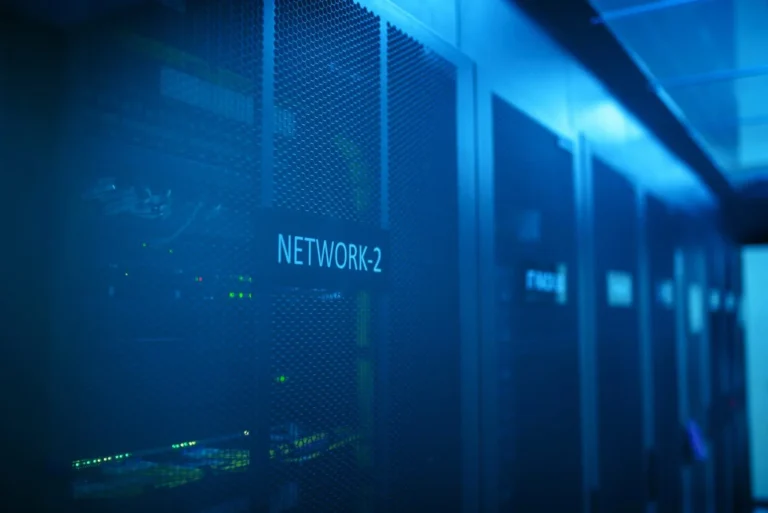
Have you ever wondered how companies manage to get the right products to your doorstep at just the right time? One day I was sitting in my living room, patiently waiting for a package to arrive, and it hit me, how in the world do companies manage such a seamless process, even when dealing with complex products from different parts of the world? Well, that’s where supply chain software steps in. It’s the unsung hero behind every product you order online or even the groceries you pick up at your local store. And trust me, after learning more about it, I can’t help but appreciate it even more.
In this article, we’ll uncover the advantages of supply chain software and why it’s crucial for businesses, large or small, in today’s fast-paced world. Let’s break it down and dive into the different ways this software is making life easier for everyone involved in the supply chain.
What Exactly Is Supply Chain Software?
Supply chain software is essentially the backbone of any business that deals with the flow of goods and services. I first learned about it when I worked on a project for a local e-commerce store. The store was growing, but they were facing issues with inventory management and delays in shipping. They decided to invest in supply chain software, and that’s when things started to change. It was like switching from walking on a path with no map to driving with a GPS.
The software helps manage everything from sourcing raw materials to delivering the final product to customers. With this software, a company gets real-time data on stock levels, order processing, deliveries, and more. It’s designed to automate tasks, minimize human error, and streamline communication across different departments. For example, a company can predict when their stock will run out and restock it just in time, without over-ordering or under-ordering. It’s like having a crystal ball for managing inventory.
One of the best things about this software is that it integrates with other systems, which makes it even more powerful. For instance, when I used it for that e-commerce project, the software connected to the payment processing and order management systems. This integration meant that everything from processing payments to shipping the products happened automatically, without human intervention. Imagine the time and energy saved there!
How Does Supply Chain Software Benefit Businesses?
Enhanced Visibility
When I first started working in the logistics industry, I had no idea how difficult it could be to manage a supply chain without the right tools. At one point, we faced a huge issue where products were stuck at a warehouse for days, delaying shipments to customers. I was frustrated. We didn’t know what was going wrong, and there was no way to track where the shipment was.
Enter supply chain software. This is where visibility becomes one of the major advantages. With proper software, businesses can track every step of their goods as they move from supplier to customer. Whether it’s in transit or in the warehouse, every stage is logged and tracked, providing an up-to-date status. This kind of visibility eliminates the guesswork. I saw firsthand how much time this saved in resolving delays. The software allows teams to make decisions quickly because everyone has access to the same data, right there in real-time.
Improved Efficiency
One thing I’ve noticed over the years is that businesses often become stuck in their old ways, using outdated systems to manage operations. This can create inefficiencies that are costly. One time, I worked with a manufacturing company that still relied on spreadsheets and manual labor to track inventory and shipments. It was like driving an old car that kept breaking down. It wasn’t sustainable.
That’s when they decided to implement supply chain software, and let me tell you, the difference was night and day. The automation of tasks like stock tracking, order processing, and shipping optimization meant that employees could focus on more important tasks, like strategizing and improving customer relationships. With the right software, they were able to automate routine processes, which saved time and reduced human error. Tasks that used to take days were now completed in hours, and customers saw their orders arrive much quicker. Efficiency went up, costs went down, and they started seeing profits soar.
Cost Savings
If you’ve ever run a business, you know how important it is to keep costs under control. But what happens when inventory levels aren’t managed properly, or products are ordered too early or too late? Well, the business ends up with extra stock that either gets wasted or costs them money to store. This was something I experienced firsthand in a past project where a company overstocked a seasonal item and couldn’t sell it before the season ended. They were stuck with all that excess inventory, which was a huge loss.
That’s why cost savings is one of the biggest benefits of using supply chain software. By accurately predicting demand, the software can ensure businesses only order what’s needed, reducing waste. It also helps with optimizing shipping routes, meaning fewer delivery trucks, less fuel, and a lower overall cost. That’s what happened when I helped another client reduce their logistics costs by 15% simply by using supply chain software. It was like cutting through all the fluff to get straight to the essentials.
Risk Mitigation
A couple of years ago, a major retailer I worked with faced a supply chain disruption due to a sudden strike at one of their key suppliers. They were left scrambling, and customers started to feel the impact of delayed deliveries. This is when the risk mitigation feature of supply chain software became invaluable.
Supply chain software doesn’t just track what’s happening now; it helps forecast potential issues. For example, it can predict if there’s a likelihood of a delay at a certain port or if a supplier might face a shortage. This kind of forecasting allows businesses to proactively plan and make changes before problems occur. From my experience, this predictive ability allows businesses to respond much quicker and maintain customer satisfaction, which is crucial in today’s market.
Conclusion
The advantages of supply chain software are clear: better visibility, improved efficiency, cost savings, and reduced risk. It’s a game-changer for businesses that want to stay competitive in today’s fast-moving world. I’ve seen the transformation firsthand, from struggling to manage inventory to running a smooth operation with minimal errors and delays. So, whether you’re a small business owner or managing a large corporation, investing in the right software can truly make a difference. It’s not just a tool, it’s a partner that helps you stay ahead of the curve.







